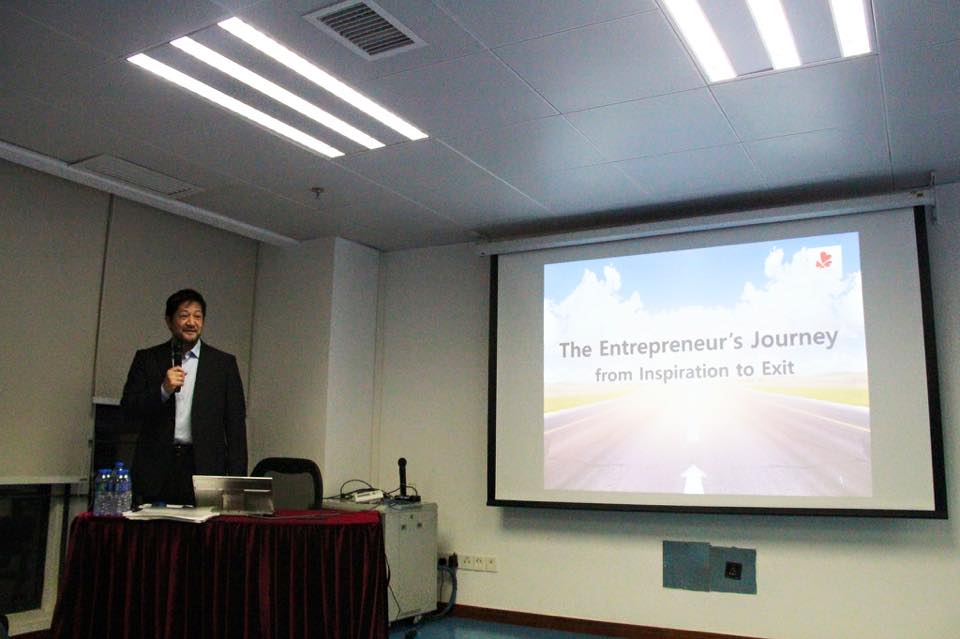Provide public recognition
While recognition, acknowledgment, and praise reinforce positive behavior—increasing what you want and reducing what you don't—doing so publicly amplifies this effect. The problem is, in a busy work week, the need for recognition can easily be overlooked.
If you never seem to have time to share compliments with your team, or you forget easily, set yourself a recurring appointment. Take 15 minutes a week to stop and think about progress people have made that you haven't publicly acknowledged. Then, execute immediately. Instantly send a flurry of single-sentence texts, emails, or Slack messages to call out any tiny, positive choice or tiny success.
The more you recognize the real, concrete choices people make, the more motivated they will become, the stronger their relationship with you will become—and most importantly, the more aware they will become of what they should do what choice.
Actively change bad behavior
As a leader, you are ultimately responsible for your team's performance. Not only is your name at the top of the org chart, but people rely on you to correct negative outcomes, bad behavior, and mistakes. That's why you can't wait for underperforming people to decide to improve on their own and come to you for help - the cycle of change is up to you.
Proactively reach out to the strugglers on your team and communicate what behaviors are holding them back and what will make them successful. Think three months in advance: If by then you've stopped their unwelcome behavior and reinforced positive behavior, how have you done it? What kind of behavioral reinforcement is needed to turn a struggler into a winner?
By clearly communicating what it takes to succeed in your workplace, even the tiniest instance of behavior, and taking action to support strugglers when needed, your team can potentially be positioned for rapid growth.
Injury incidents can be divided into three categories:
Violations by others (such as managers, colleagues or clients);
an offence committed by an individual;
Betrayal - Feels like a manager, co-worker, or policy maker has betrayed professional values, employees, or clients/customers/students/patients.
Violating ingrained values shakes the core of personal identity and self-concept. Moral harm can lead to a range of feelings, such as guilt, shame, anger, sadness, anxiety, and disgust. It also often causes people, especially authority figures and organizations, to become disillusioned (and thus leave employment for self-employment). Self-loathing, existentialism, and mental crises are also common. Some people may experience physical illness or maladaptive behaviors (substance abuse, self-isolation).
The Moral Harm Framework can be applied to a wide range of professions. In Henry's case, his managers were committing financial irregularities while also betraying the cause and the people the organization was supposed to serve. To make matters worse, he was expected to commit the same crime. In King's case, the company systematically practices age discrimination, and she is forced to betray her values by supporting the system.
Prevention is the best medicine. Modification is the second best
Lack of focus on moral harm and misinterpretation of it as "burnout" can render problem-solving ineffective. Because many people reduce "burnout" to an individual's response to demands beyond resources, person-centred "burnout interventions" suggest "developing resilience" through wellness apps and training, or "stress management" through mindfulness and yoga, Or in the best case, take time off. Yoga, however, will not help doctors who are prevented by insurance regulations from prescribing life-saving treatments, or teachers who are ordered to isolate and restrain a crying child. Likewise, health apps won't help recruiters ignore candidates with "experienced" or non-English names. If anything, these individual-focused "solutions" to systemic problems only add to the stigma of moral harm.
Negative reactions to morally harmful situations are not the result of an employee's "insufficient flexibility." These are normal responses to systemic ethical violations - unless these violations are corrected, organizations and entire industries will continue to lose talent and public trust. Repairing defective systems to prevent further damage should be the focus of interventions, while supporting injured - but not "defective" - individuals.
The best way to prevent ethical harm is to ensure transparent and ethical organization operations. I recommend organizing:
Track ethical harm and key metrics of employee satisfaction, burnout, engagement and other organizational health. Careful analysis of this data (by unit where ethically and statistically possible) should inform actions to support employee well-being and organizational ethics.
Employ trauma-informed organizational practices.
Provide multiple ways for employees to effectively express their concerns in a psychologically safe environment and ensure transparent follow-up of ethical issues.
Make ethical considerations one of the key elements of recruitment, promotion and leadership training.
Re-establishing trust between organizations and their employees and between organizations and communities in the event of ethical harm will require systematic, clear and thorough transparency.





Comments